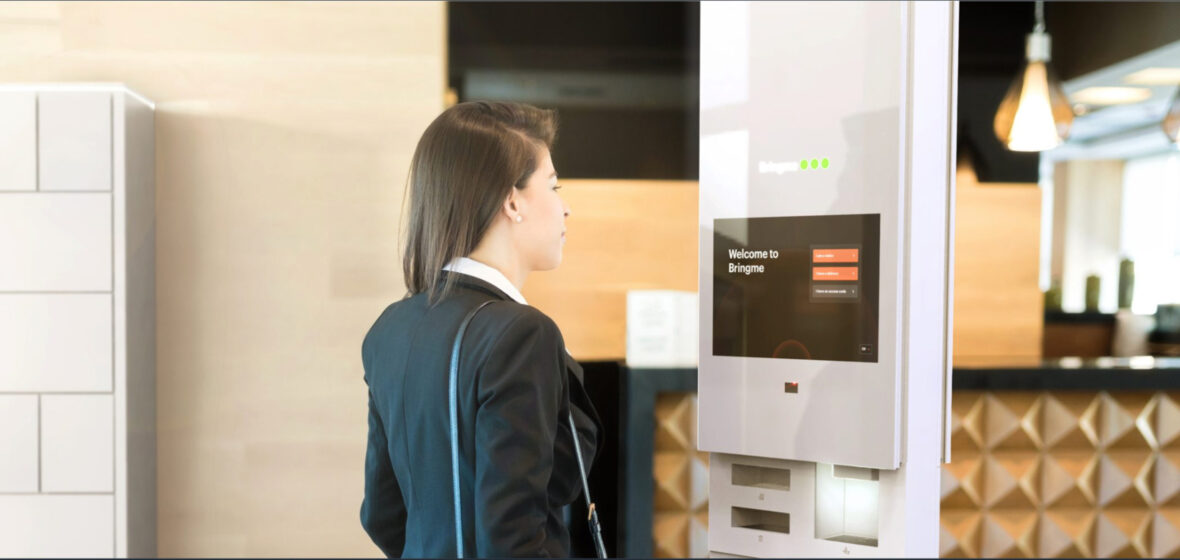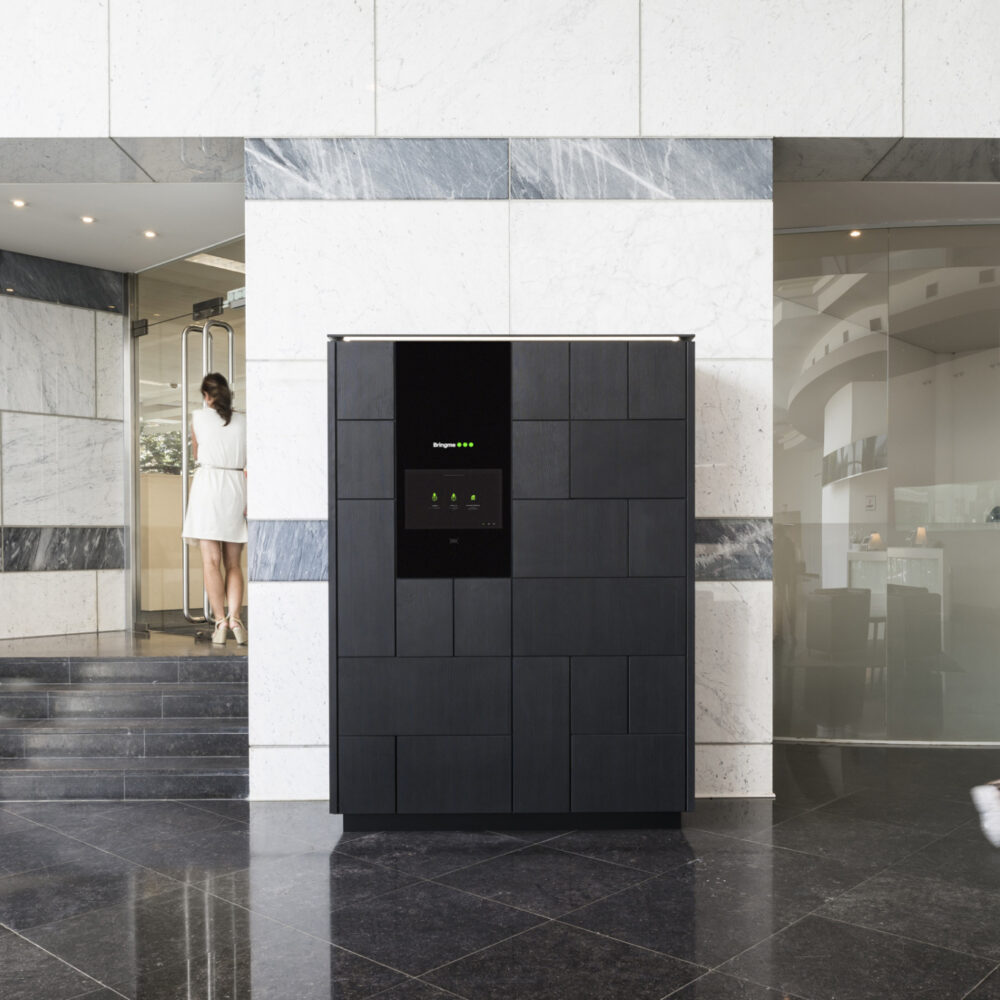7 steps to go from a classic reception desk to a modern digital reception service
Has hybrid work become the norm for you too? And are you struggling to adapt to this new situation, now that there are fewer employees in the office and fewer customers coming by? Nowadays, reception costs are no longer proportional to the benefits. Yet as a business you still want to keep welcoming customers and safely receiving packages and deliveries...
The good news is that by switching to a virtual reception desk, you're effortlessly responding to the new way of working. You receive customers professionally at any time and deliveries are fully automated, 24/7. The main benefit: being cost savings amounting to 90,000 euros per year. Step right in!

Step 1. Reduce the paper mail
75% of paper mail consists of invoices, reminders, and other accounting documents. Agree with all your suppliers (and customers) to send invoices and mail directly to the appropriate department by digital means only. In three months’ time, you can digitise up to 90% of all incoming mail: no reception costs, much more efficient processing, and good for the environment.
Step 2. Automate the receipt of deliveries and parcels
Opening the door, checking a delivery, signing and stocking it, and notifying employees is all very time-consuming. Place a smart parcel box at the reception desk so that you can automate up to 30% of the reception staff’s tasks.
With a Send & Collect service, you can also send parcels through the same mailbox.
Step 3. Receive visitors with a visitor management system
Greeting visitors, signing them in and out, and informing the host is also extremely labour-intensive. A fully autonomous visitor registration system whereby visitors simply register themselves is not only faster, it is also safer and requires only a fraction of the traditional operational costs.
Step 4. Provide a safe and secure workplace for employees
Employees, too, benefit from a virtual reception. When they sign in, they pass a brief security check. The virtual reception keeps an overview of who is present and who is working from home. It keeps track of the office capacity 24/7, and in an emergency, you can create an evacuation list at the push of a button.
Step 5. Outsource telephone calls to the reception desk
Your mail is digitally delivered, parcels are distributed via the parcel machine, and visitors are greeted by your visitor management system. But what about the phones? Most calls today are made directly to the employee’s mobile phone or other device. The remaining incoming calls can be answered perfectly by a call centre. Employees receive an email and can call back when it suits them. This cost is also limited because you only pay by the phone call.
Step 6. Automate your material and document management
The reception desk is often used as a logistics crossroads, with employees easily leaving something behind for their colleagues or for a customer. Automate your internal logistics with a smart pickup point that is available 24/7.
Step 7. Let your receptionist perform valuable tasks
Your receptionist is now relieved of those repetitive day-to-day duties. So give your receptionist more responsibility and assignments with real added value to the company, such as building and fleet management, travel management, etc. Wondering what impact a digital reception desk has on the receptionist’s job?
If you implement all 7 steps, significant cost savings can be achieved: have a look at the ROI calculation.

